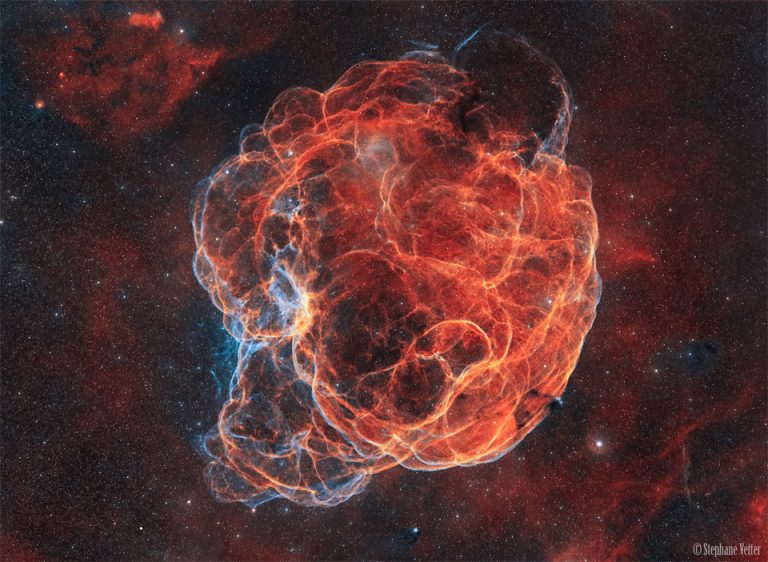2023年8月6日 SN 1006: A Supernova Ribbon from Hubble Credit: NASA, ESA, Hubble Heritage (STScI/AURA); Acknowledgement: W. Blair et al. (JHU) Explanation: What created this unusual space ribbon? The answer: one of the most violent explosions ever witnessed by ancient humans. Back in the year 1006 AD, light reached Earth from a stellar explosion in the constellation of the Wolf (Lupus), creating a “guest star” in the sky that appeared brighter than Venus and lasted for over two years. The supernova, now cataloged at SN 1006, occurred about 7,000 light years away and has left a large remnant that continues to expand and fade today. Pictured here is a small part of that expanding supernova remnant dominated by a thin and outwardly moving shock front that…










